Can Someone See When You View Their Location on iPhone?
Hey there! Ever wondered if that friend or family member gets a notification when you check their location on your iPhone?
You’re not alone in asking “can someone see when you view their location on iPhone”, it’s one of the most common privacy questions iPhone users have.
With location sharing becoming such a normal part of our daily lives, it’s understandable to feel a bit uncertain about who knows what.
Maybe you’ve been curious about where your teenager is after school, or you want to check if your partner made it safely to their destination.
But does Apple send them an alert every time you peek at their location?
Let’s clear up the confusion and walk through exactly how iPhone location sharing works, what others can and can’t see, and how to take control of your privacy settings.
How iPhone Location Sharing Works?
Your iPhone offers several ways to share your location with others, and understanding these methods helps you make informed decisions about your privacy.
Let’s break down how Apple has designed these features to work.
1. Using the “Find My” app
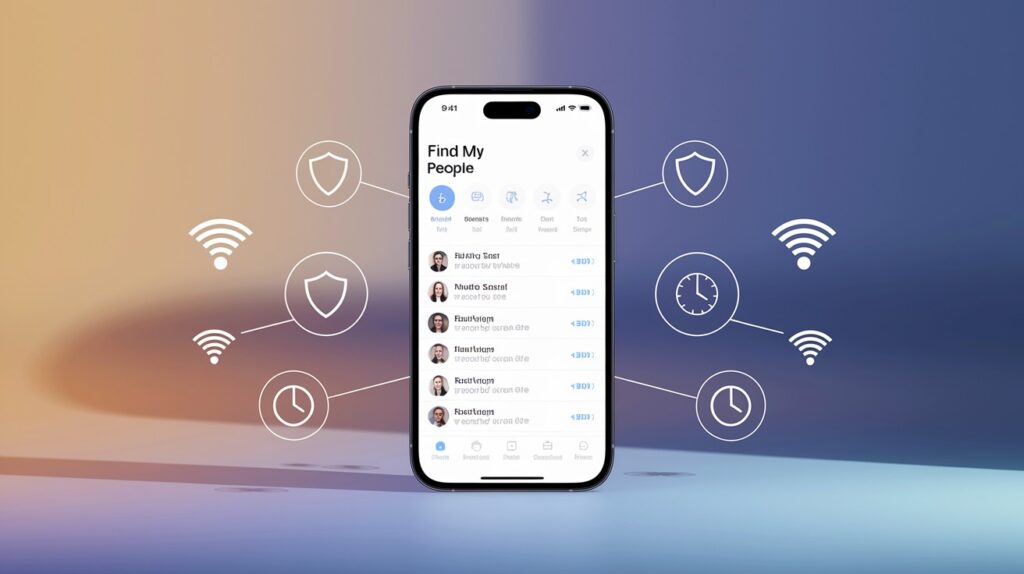
The Find My app serves as your central hub for location sharing on iPhone. When you open the app, you’ll see two main tabs: People and Devices.
The People tab shows contacts you’re sharing your location with and those sharing theirs with you. To start sharing, you simply tap “Share My Location” and select a contact.
You can choose to share for one hour, until the end of the day, or indefinitely.
2. Sharing via Messages
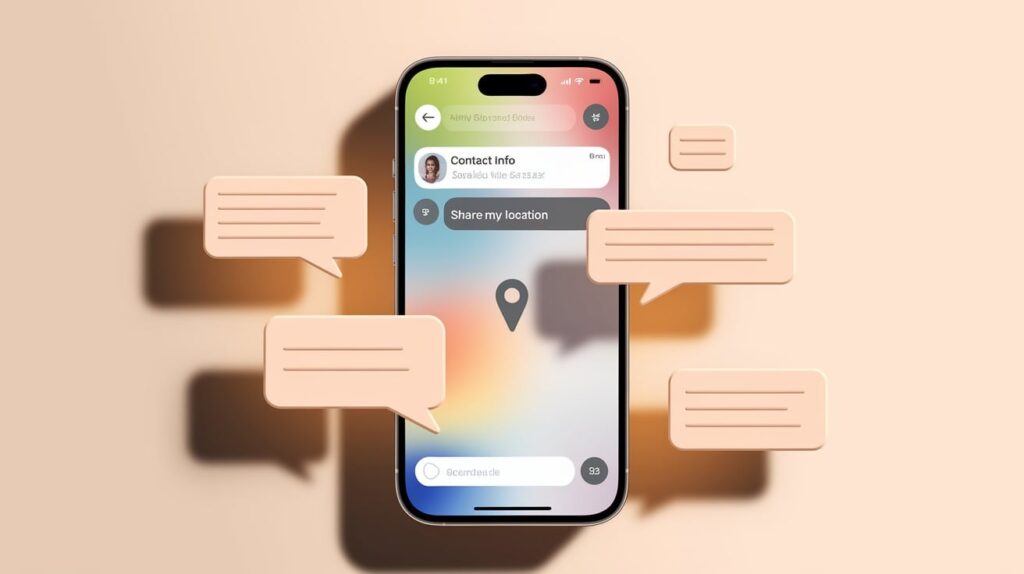
Apple has made location sharing incredibly convenient through the Messages app.
When you’re texting someone, you can tap the contact’s name at the top, then select “Share My Location.”
This method integrates seamlessly with Find My, so the person will appear in both apps once you’ve shared access.
3. Integration with iCloud and Apple ID
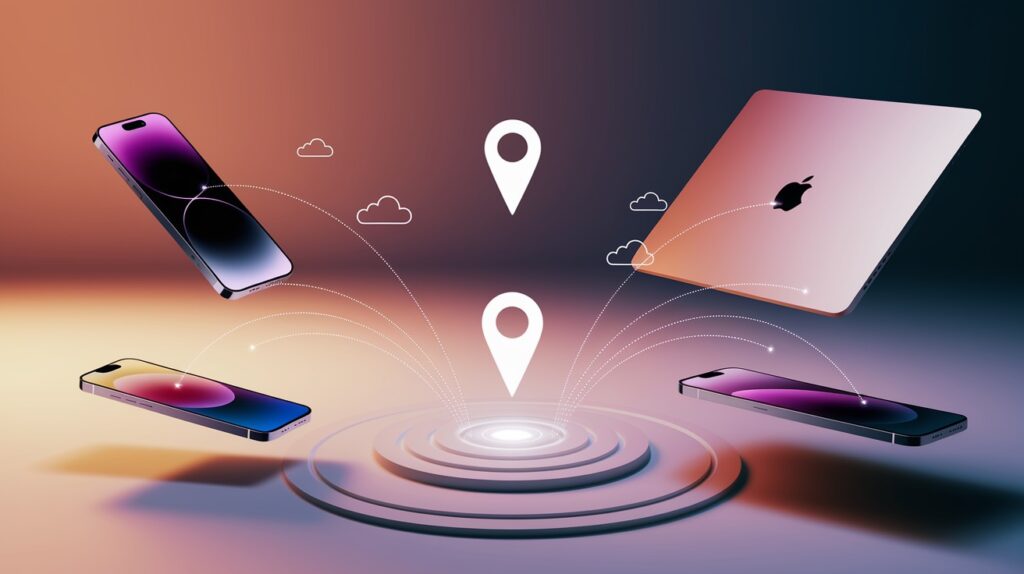
Your location sharing preferences sync across all your Apple devices through iCloud.
This means if you share your location from your iPhone, family members can also see it on their iPad or Mac.
Your Apple ID manages these permissions, ensuring consistent access across the Apple ecosystem.
Privacy Features in iOS
1. End-to-end encryption
Apple takes your location privacy seriously by implementing end-to-end encryption for location data.
This means your precise location information is scrambled during transmission and can only be decoded by devices you’ve authorized.
Even Apple can’t see your exact location data when it’s shared between trusted contacts.
2. Temporary vs. permanent sharing
iOS gives you flexibility in how long you share your location.
Temporary sharing automatically expires after your chosen period, while permanent sharing continues until you manually stop it.
This feature prevents accidental long-term sharing when you only meant to share briefly.
3. User control over location access
You maintain complete control over who can see your location and for how long. iOS requires explicit permission before any location sharing begins, and you can revoke access at any time.
The system also provides clear indicators when your location is being shared, so you’re never left guessing about your privacy status.
How to Check Who Can See Your Location?
1. Using the Find My App
Step 1: Open the Find My app
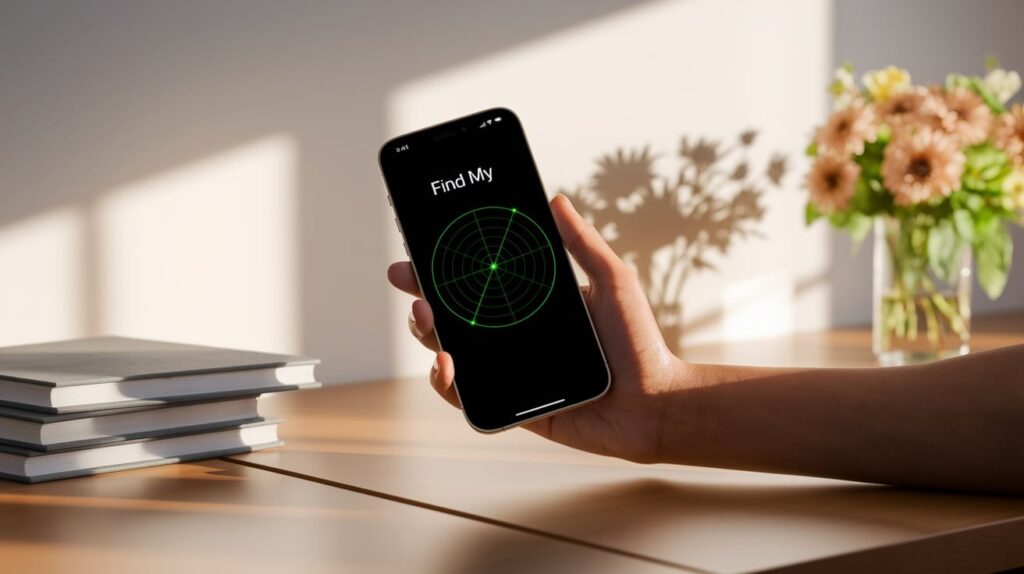
Look for the green circular icon with a radar-like design on your home screen. If you can’t find it, swipe down and use Spotlight search to locate the app quickly.
Step 2: Tap on the “People” tab at the bottom
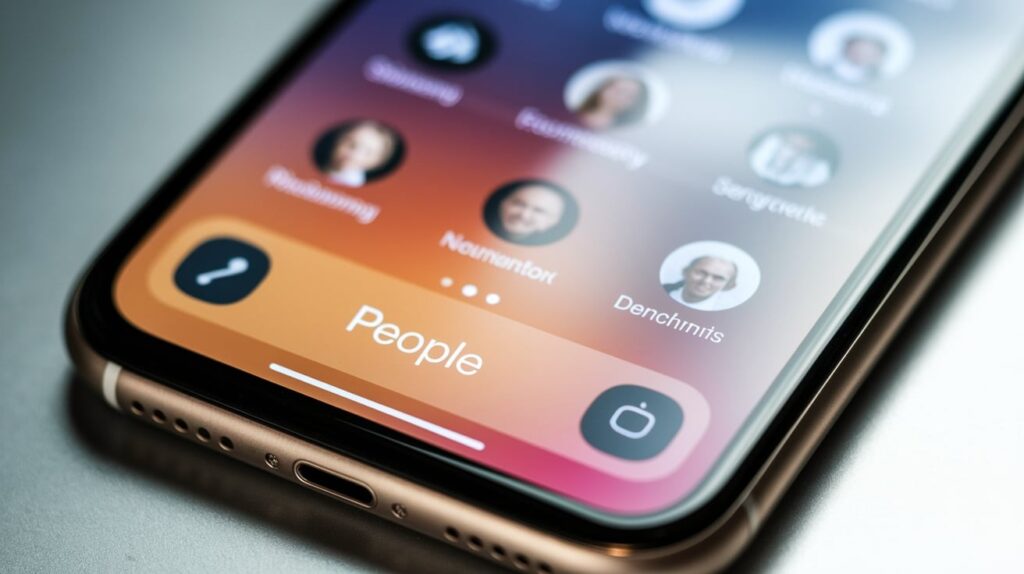
You’ll see this option in the bottom navigation bar. This section shows all the contacts who have access to your location and those sharing their location with you.
Step 3: Review the list of people
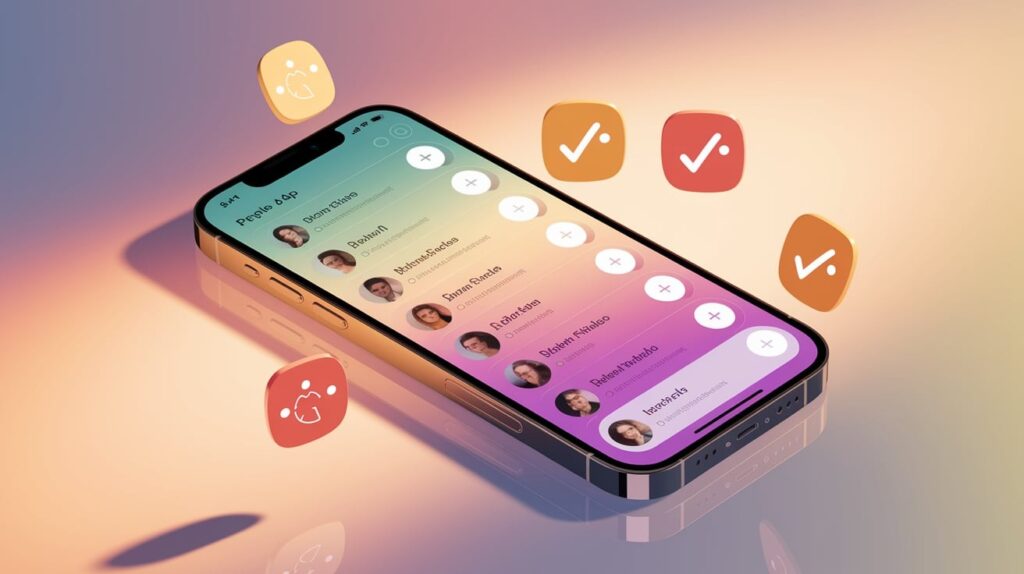
Anyone listed under “People” can currently see your location. You’ll notice some contacts have “Can see your location” written beneath their name, while others show “No location found” if they’re not actively sharing.
Step 4: Check individual sharing settings
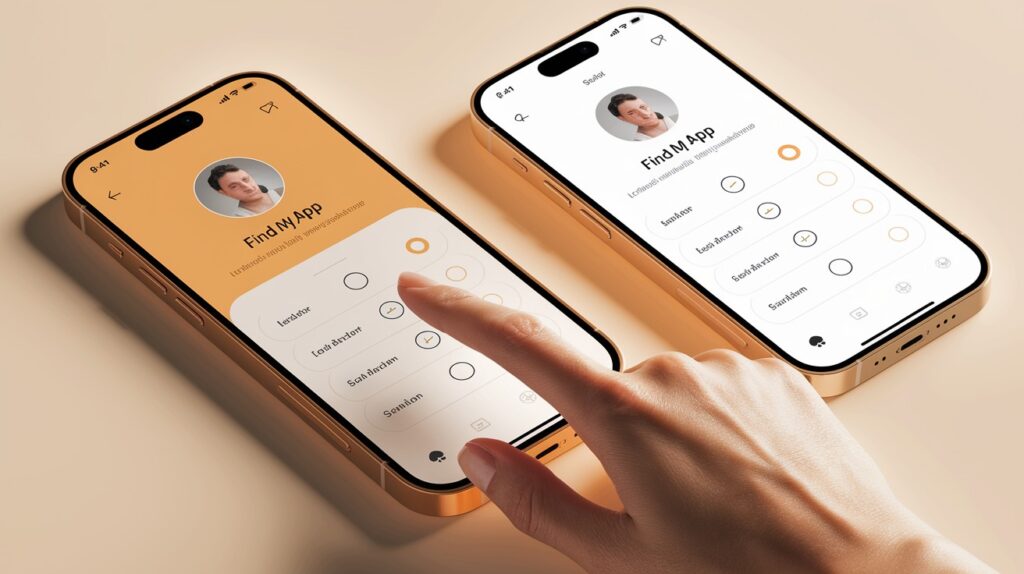
Tap on any person’s name to see specific details about your location-sharing arrangement with them. This shows whether you’re sharing indefinitely or for a limited period.
Step 5: Look for the “Share My Location” section
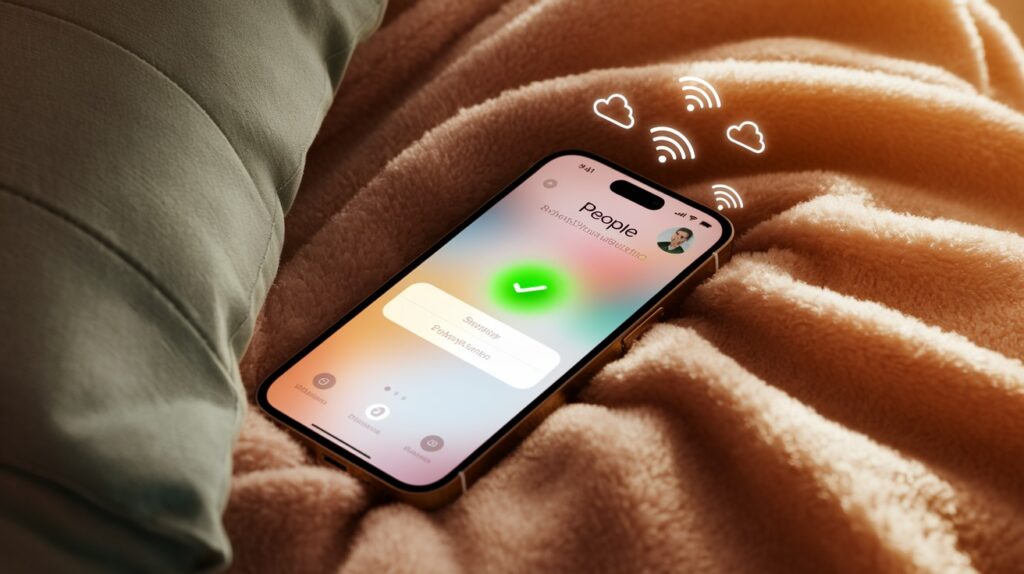
At the top of the People tab, you’ll see your sharing status. This confirms whether location sharing is enabled on your device and which device is being used for sharing.
2. Using iPhone Settings
Settings > Privacy & Security > Location Services
Navigate to your iPhone’s main Settings app, then scroll down to find “Privacy & Security.” Inside this menu, tap “Location Services” to see which apps have location access.
Scroll to the bottom and tap “Share My Location” to see your current sharing settings and manage which device shares your location.
Sharing with Family or friends through Apple ID
If you’re part of a Family Sharing group, check your Apple ID settings by going to Settings and tapping your name at the top.
Under “Find My,” you can see family members who automatically have location access through your shared family plan and adjust these settings as needed.
How to Stop Sharing Your Location?
1. Stop Sharing with a Specific Person
Remove someone through the Find My app
Open the Find My app and tap the “People” tab at the bottom. Find the person you want to stop sharing with and tap their name.
You’ll see an option that says “Stop Sharing My Location” – tap this and confirm your choice. The person won’t receive any notification that you’ve stopped sharing, maintaining your privacy.
Alternative method through Messages
If you originally shared your location through a text conversation, you can also stop sharing directly from Messages.
Open the conversation with that person, tap their name or photo at the top, and select “Stop Sharing My Location” from the menu options.
2. Turn Off Location Services Completely
When and why to use this feature?
Completely turning off location services makes sense when you want maximum privacy, are traveling to sensitive locations, or need to conserve battery life.
This nuclear option stops all location sharing and prevents apps from accessing your location data. Consider this when you’re going somewhere private or if you’re concerned about your overall digital footprint.
How to turn it back on later?
To disable location services entirely, go to Settings > Privacy & Security > Location Services and toggle the main switch off.
When you’re ready to re-enable it, simply return to the same menu and flip the switch back on.
Keep in mind that you’ll need to reconfigure individual app permissions and re-establish any location sharing arrangements you had previously set up.
Conclusion
So there you have it, the complete scoop on iPhone location sharing! The biggest takeaway?
You can breathe easy knowing that checking someone’s location in Find My won’t send them any alerts or notifications.
Apple designed this feature to be discreet, so you can keep tabs on your loved ones without any awkwardness.
Remember to stay on top of your privacy by regularly reviewing who has access to your location and cleaning up those permissions now and then. Use time limits when sharing, stick to trusted contacts, and don’t be afraid to revoke access when circumstances change.
Your location data is valuable personal information, so treat it that way.
With these tips and tricks in your back pocket, you can use iPhone’s location features confidently while keeping your privacy intact. Happy sharing!
Frequently Asked Questions
Can iPhone users see who viewed their location?
No, iPhone users cannot see who viewed their location. Apple’s Find My app doesn’t notify or track when someone checks your shared location.
Can I see someone’s iPhone location history?
No, Find My only shows the current real-time location. Apple doesn’t store or display historical location data for shared contacts.
Why does the iPhone location say 1 hour ago?
This means their location hasn’t updated recently due to poor signal, disabled location services, or their device being offline/powered off.








